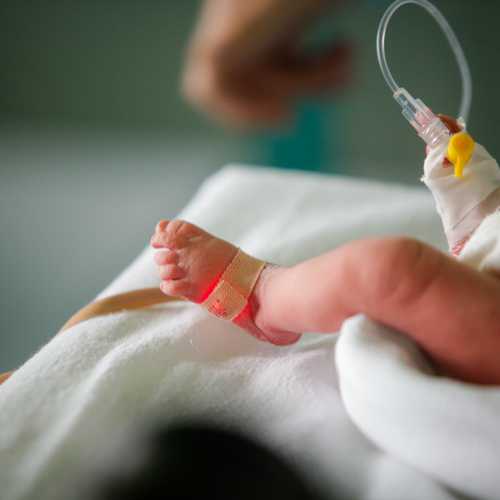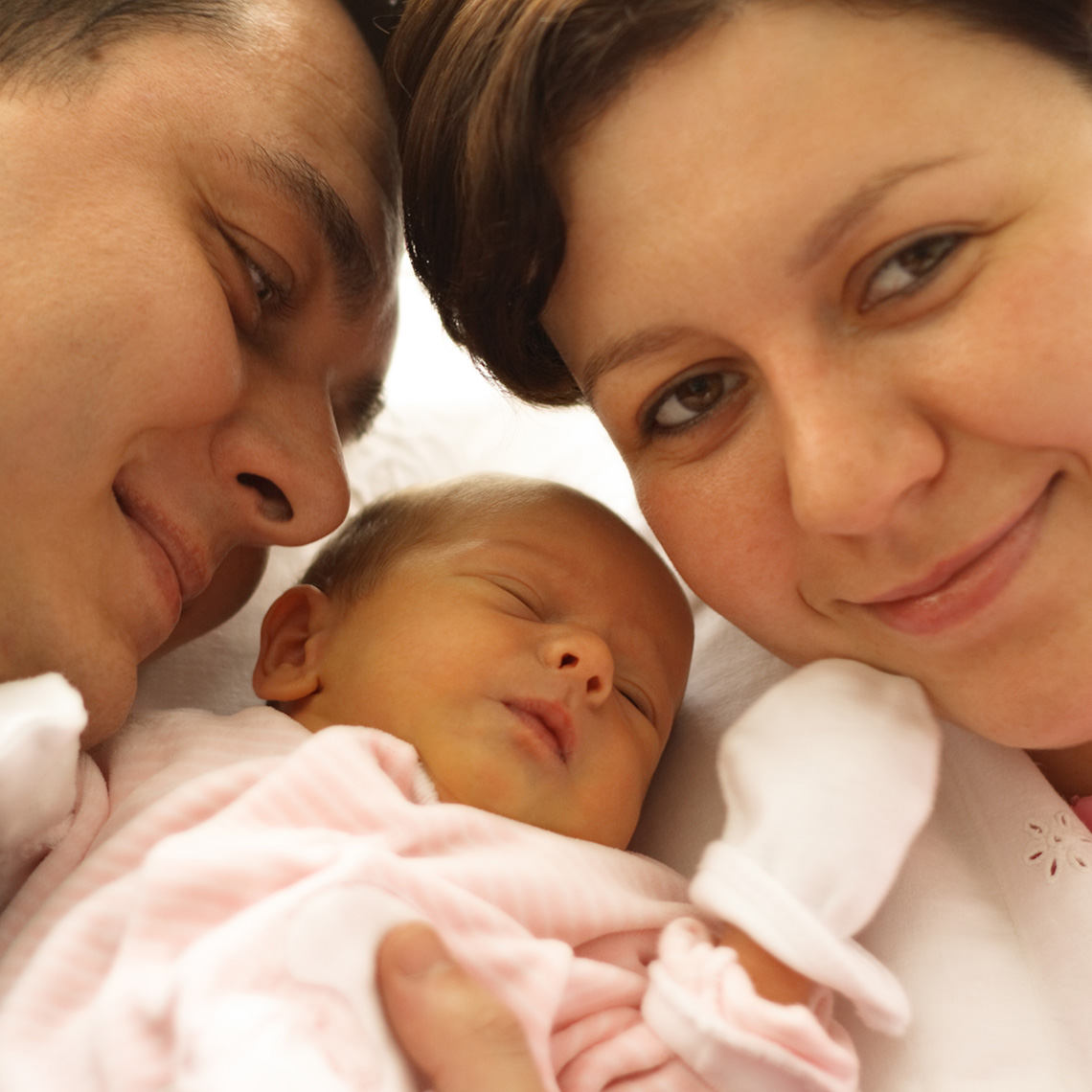Guideline
OB Guideline 31: Postpartum Care
In-Hospital Care
Patients should be seen each day of their hospitalization by an obstetrical provider. This person assesses for medical complications and psychosocial issues, addresses any questions or concerns, and arranges for discharge.
Each institution shall have a process or program to instruct each patient regarding normal postpartum events. These instructions should include care of the breasts, perineum, bladder, the incision (if appropriate) and signs of complications. Instruction about infant care, infant feeding (including the benefits of breastfeeding), and subsequent birthing person and newborn medical examinations should also be included. Verbal instructions should be supplemented with written instructions and reinforced by providers. The need for and timing of follow up should be clearly communicated to the patient.
Plans for management or referral of ongoing problems should be instituted when appropriate, including evaluation of problems identified during the pregnancy. Vaccine status should be assessed and vaccination for Tdap, influenza, rubella, and varicella should be initiated if indicated. Contraception should be discussed and a plan established with the patient.
After Discharge
Consideration should be given to an early follow-up postpartum visit for birthing people with medical complications or those at risk for postpartum depression, such as:
- past episodes of depression,
- family history of mood disorder, or
- unusually stressful life events.1
All birthing people, including those with an earlier visit (as above), should be advised to have a visit four to eight weeks postpartum. That visit should include a complete review of the pregnancy and events that occurred during labor, delivery, and the immediate postpartum period for the outpatient medical record if not already completed. The patient should be asked about their recent history and current symptoms. All postpartum patients should be assessed for and counseled about postpartum depression and domestic violence and should be informed about support services offered through the institution or community.2 Use of one of the validated screening tools for postpartum depression may be helpful. All appropriate contraceptive methods should be discussed and an initiation plan established. An appropriate physical exam should be performed including, at a minimum, vital signs and examination of the breasts, abdomen, pelvis, perineum, and extremities.
All pregnancy and post-partum problems needing follow up should be addressed (e.g., hypertension, diabetes, incomplete vaccination series).
External Cephalic Version
External cephalic version should be discussed with all birthing people who are carrying a breech presenting singleton fetus as early as the clinician feels is suitable. The discussion and its conclusion should be documented in the prenatal record.
- Patient Selection
External cephalic version is precluded in anyone with a contraindication to vaginal delivery or evidence of fetal compromise. - Education/Consent
A discussion with the patient should precede the performance of the procedure and include:- pregnancy management after a successful or unsuccessful version,
- success rate of attempted version,
- risks and benefits of the procedure, and
- when to call following the procedure.
See Appendix E for a sample consent form for this procedure. This, or a reasonable facsimile, should be reviewed with and signed by the patient prior to the procedure.
- Prior to the Procedure
- arrange a location in close proximity to the delivery unit;
- confirm that an immediate pre-procedure non-stress test is reactive;
- perform an immediate pre-procedure sonogram to confirm presentation and that there is normal amniotic fluid volume;
- perform a formal fetal anatomy survey (if one has not been performed previously), to evaluate the possibility of significant congenital anomalies;
- consider a tocolytic agent (tocolytics are relatively contraindicated in patients with heart disease); and
- consider regional anesthesia if the procedure is to be performed in the operating room.
- During the Procedure
Monitor the fetal heart rate, at minimum, every 30 seconds during the procedure. - Following the Procedure
- observe the patient for at least one hour;
- continuously monitor the fetal heart rate and pattern via electronic fetal monitor apparatus for a minimum of one hour;
- confirm a Category I fetal heart rate tracing postprocedure, prior to discharge;
- administer RhoGAM if indicated;
- instruct the patient about follow-up plans, and advise whom to call in the event of any issues;
- give the patient a written discharge instruction sheet.
- Documentation of the Procedure
The details on the procedure should be recorded in the patient’s medical record, including:- gestational age;
- Rh blood typ;
- results of pre-procedure testing;
- medication administered;
- details on the version attempt, whether it was successful or unsuccessful;
- post-procedure testing; and
- future plans.
Delivery Options: Breech Singleton
Cesarean delivery is the most usual method for delivery of a breech singleton living fetus without any significant congenital anomalies. Assessment of the fetal presentation should be performed immediately prior to a scheduled cesarean.
Planned vaginal delivery of a term singleton breech may be reasonable under hospital-specific protocol for both eligibility and management of labor (including use of oxytocin).1,2 If the patient opts for a vaginal breech delivery, a detailed written informed consent shall be obtained and placed in the medical record. Patients should be informed that the risk of perinatal or neonatal mortality or short-term serious morbidity may be higher than for cesarean delivery.
In this circumstance:
- the obstetrician must be skilled in vaginal breech delivery or have adequate back-up consultants available;
- the adequacy of the pelvis must be assessed; the estimated fetal weight, type of breech, and fetal attitude shall be determined;
- labor dysfunction of any type warrants delivery by cesarean; and
- breech delivery should be permitted to occur spontaneously, or by assisted breech delivery maneuvers as indicated.
Footnotes
- Wisner KL, et al. Postpartum depression. New England Journal of Medicine. 2002;347(3):194–99.
- Screening for perinatal depression. ACOG Committee Opinion No. 757. November 2018. American College of Obstetricians and Gynecologists.
| << Guideline 30 | Web Guideline Home Page | Guideline 32 >> |
More CRICO Guidelines or Algorithms
Neonatal Encephalopathy Guidelines


General Informed Consent Guidelines

Challenge: Take the OB Clinical Guidelines Test

